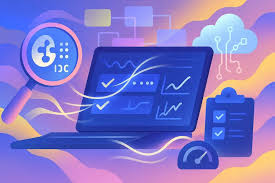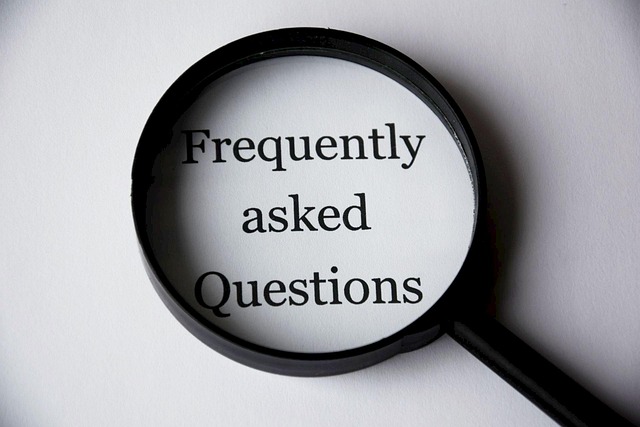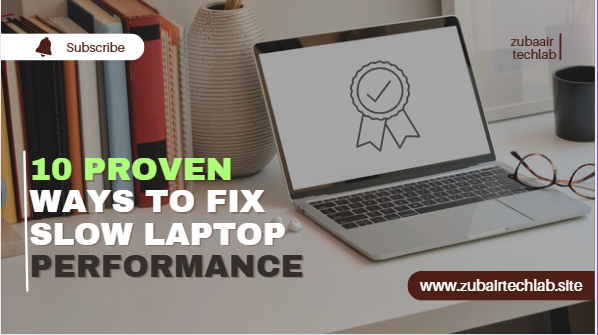I. Introduction
Even the fastest laptops can become slow over time; multitasking becomes annoying, programs take longer to open, and the browser freezes. The good news? Slow laptop performance doesn’t always require costly upgrades or new gadgets. Actually, you can get your laptop’s speed and efficiency back for free with a few clever adjustments and routine upkeep.
Whether you’re using macOS or Windows, this guide will show you 10 tried-and-true, free ways to speed up your laptop. These methods concentrate on streamlining your system, eliminating pointless procedures, and utilizing built-in features that most people don’t use. By the end, you’ll have a workable, detailed plan for reviving your laptop without breaking the bank.
In summary, a little know-how can result in less lag, increased productivity, and a more seamless experience.
II. Common Reasons Laptops Become Slow
A sluggish laptop can be annoying, particularly if it interferes with your entertainment or work. The causes frequently consist of a number of minor problems that accumulate over time:
- Too Many Background Processes: Silent programs consume CPU and memory resources.
- Unnecessary Startup Programs: Applications that start up automatically may cause boot times to increase.
- Temporary or junk files that have accumulated Your storage may become bloated by old cache, temporary files, and logs.
- Outdated Software or System Security problems and subpar performance can result from missing updates.
- Storage issues or fragmented drives: File fragmentation reduces read/write speed on older HDDs.
- Adware and malware are malicious programs that covertly use resources and slow down systems.

Finding the underlying cause will allow you to implement the appropriate solutions without incurring needless costs.
III. Proven Ways to Speed Up Your Laptop Without Spending a Penny
Purchasing pricey software or new hardware isn’t always necessary to increase your laptop’s speed. Much of its original performance can be recovered for free with the correct adjustments and upkeep. Here are ten successful tactics:
- Turn Off Superfluous Startup Programs Stop apps from launching automatically to shorten boot times.
- Close unused background apps to immediately free up CPU and RAM.
- Use Storage Sense or Disk Cleanup to automatically remove temporary files, cache, and junk.
- Update Windows, macOS, and drivers to guarantee lag-free, seamless operation.
- Remove unused apps and bloatware to free up storage space.
- Increase the speed of file access by defragmenting (HDD) or optimizing (SSD).
- To fully utilize the hardware, set the power settings to “High Performance.“
- Reduce the strain on system resources by turning off visual effects.
- Perform a Malware Scan to get rid of dangerous apps that are causing your system to lag.
- Regularly restarting your laptop will help to refresh processes and clear memory.

IV. Bonus Tip: Maintain Your Laptop for Long-Term Speed
Increasing your laptop’s speed once is fantastic, but maintaining its speed over time calls for consistent maintenance. Consider it similar to auto repair: you don’t just fix it once and move on. Plan monthly cleanups with built-in tools like Storage Sense or Disk Cleanup to get rid of unnecessary files for long-term performance. Update your drivers and system to fix security flaws and increase compatibility.
To stop hidden threats from slowing things down, run routine malware scans. Every few months, physically clean the fans and vents on your laptop to avoid overheating, which can impede performance. Try to maintain at least 20% of your storage space free for efficient operation rather than packing it full. Finally, to prevent background processes from piling up, restart your laptop frequently rather than just putting it to sleep. You can prolong the life of your laptop and keep it operating like new for years by adopting these practices.
V. Final Recap & Performance Checklist
Here’s a quick recap to keep your laptop operating at peak performance without breaking the bank before you end this guide. The secret is consistency; when these tiny routines are followed consistently, they have a significant impact.
- Turn off unused startup apps
- Close any background apps that aren’t in use.
- Every week, remove junk and temporary files
- Update drivers and Windows/macOS frequently
- Perform a monthly malware scan
- Make use of integrated optimization tools such as Disk Cleanup and Storage Sense.
- Defragment HDDs (omit if an SSD is being used).
- Maintain a minimum of 20% of storage space free.
- Every few months, physically clean the fans and vents.
- Rather than always using sleep mode, restart your laptop on a regular basis.
You can prevent expensive upgrades, minimize lag, and maintain your laptop’s responsiveness for years by adhering to this checklist.
VI. FAQs

- Even after restarting, why is my laptop still so slow?
Malware, a full hard drive, too many startup apps, or outdated drivers could be the cause. To determine the cause, go through the checklist. - How frequently should I delete unnecessary files?
For frequent users, once a week is best, but if you use your laptop less frequently, at least once a month. - Are these techniques compatible with macOS and Windows?
Yes, the majority of the advice is applicable to both, but some tools, such as “Storage Sense,” are only compatible with Windows. - Can I speed up my laptop without deleting files?
- Absolutely—these steps optimize performance without removing personal files.
- Is defragmenting safe for SSDs?
- No, SSDs don’t need defragmentation. Use TRIM instead, which is handled automatically by modern operating systems.
VII. Call to Action
Now is the ideal moment to implement these free, tried-and-true suggestions if your laptop has been incredibly slow. Try them now to experience the difference in speed and responsiveness instead of just reading them.
Save this guide to your bookmarks so you can refer to it whenever you need a quick performance boost for your laptop. You could become their tech hero if you share it with friends, family, or coworkers who are experiencing the same slow laptop issues.
If this guide was useful to you, check out our other laptop buying guides, tips, and tricks to make the most of your device.
✅ Take action now to begin your faster laptop journey!
In order to engage readers, would you also like me to make a graphic of a performance checklist that you can attach at the end? That would increase the impact of this section.
